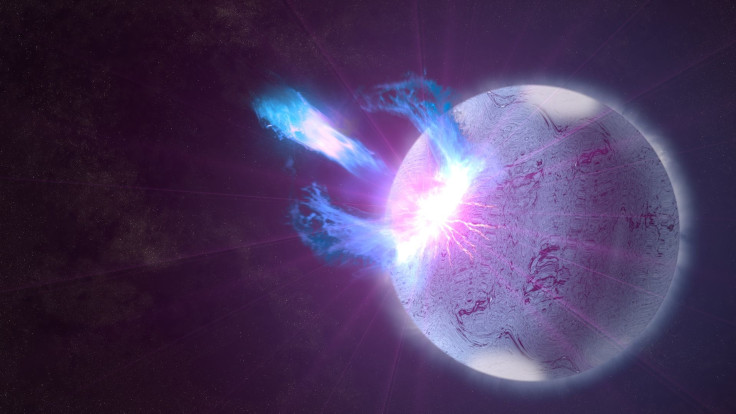Scientists Detect Mysterious Radio Bursts Within Earth’s Neighborhood

KEY POINTS
- Astronomers detected a new batch of fast radio bursts
- The FRBs originated from within Milky Way galaxy
- A magnetar might have produced the FRBs
A team of astronomers has detected a new batch of alien signals from space known as fast radio bursts (FRB). However, unlike previous discoveries, the new batch of FRBs originated from within the Milky Way.
FRBs have remained a mystery for a long time within the scientific community. They are considered as intense bursts of radio waves that come from space. Although numerous FRBs have already been detected in the past couple of years, it is not yet clear what causes them. Some believe they were produced by neutron stars and supernova events, while others think FRBs were sent out by intelligent extraterrestrial beings.
All of the FRBs previously detected by astronomers originated from distant galaxies, which makes it challenging to conduct an investigation regarding their source.
Recently, astronomers were able to detect a new batch of FRBs within Earth’s neighborhood, marking the first time that radio bursts came from Milky Way.
The astronomers made the discovery on April 28 using the Canadian Hydrogen Intensity Mapping Experiment (CHIME) radio telescope in Canada. They presented their findings through the Astronomer’s Telegram.
Through the instrument, the astronomers were able to trace the source of the FRBs to a magnetar known as SGR 1935+2154. It is a stellar remnant located in the Vulpecula constellation and lies about 30,000 light-years from Earth.
A magnetar is a type of neutron star with a powerful hypermagnetic field. Its magnetic field is about a thousand times stronger than that of a regular neutron star.
When a magnetar experiences a starquake, which is similar to Earth’s earthquake, powerful gamma rays and X-ray signals escape from its surface. In some cases, the escaping gamma rays are powerful enough to reach other galaxies.
Although the FRBs detected within the Milky Way may have been caused by the starquakes of the magnetar SGR 1935+2154, the astronomers noted that this does not automatically mean that other radio bursts are produced by a similar source.
It is still highly possible that FRBs, including those detected outside Milky Way, were produced by different cosmic objects and phenomena.
© Copyright IBTimes 2025. All rights reserved.





















